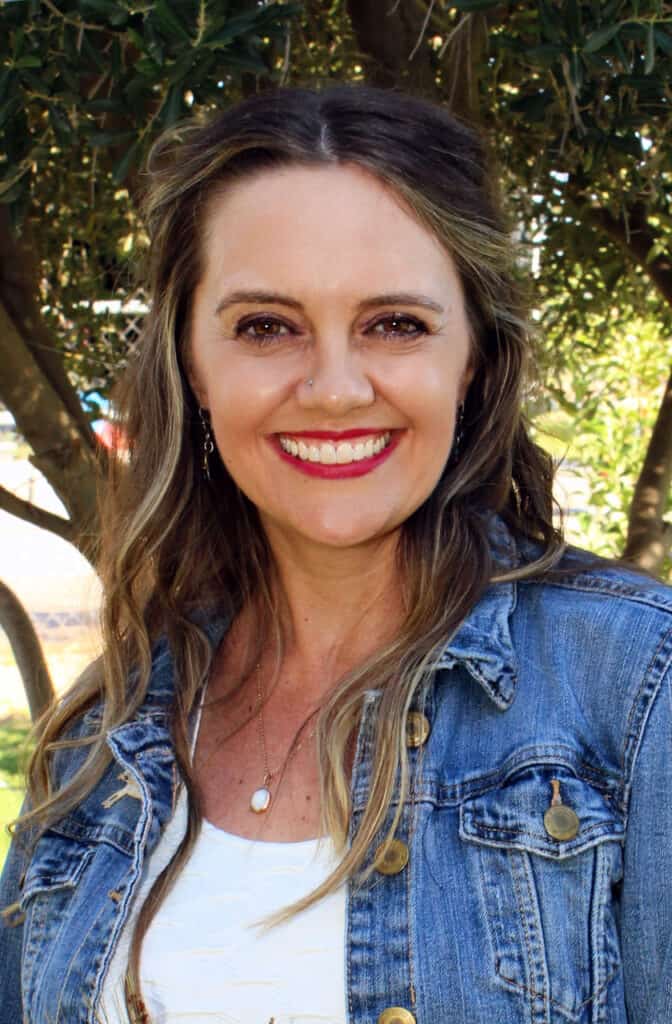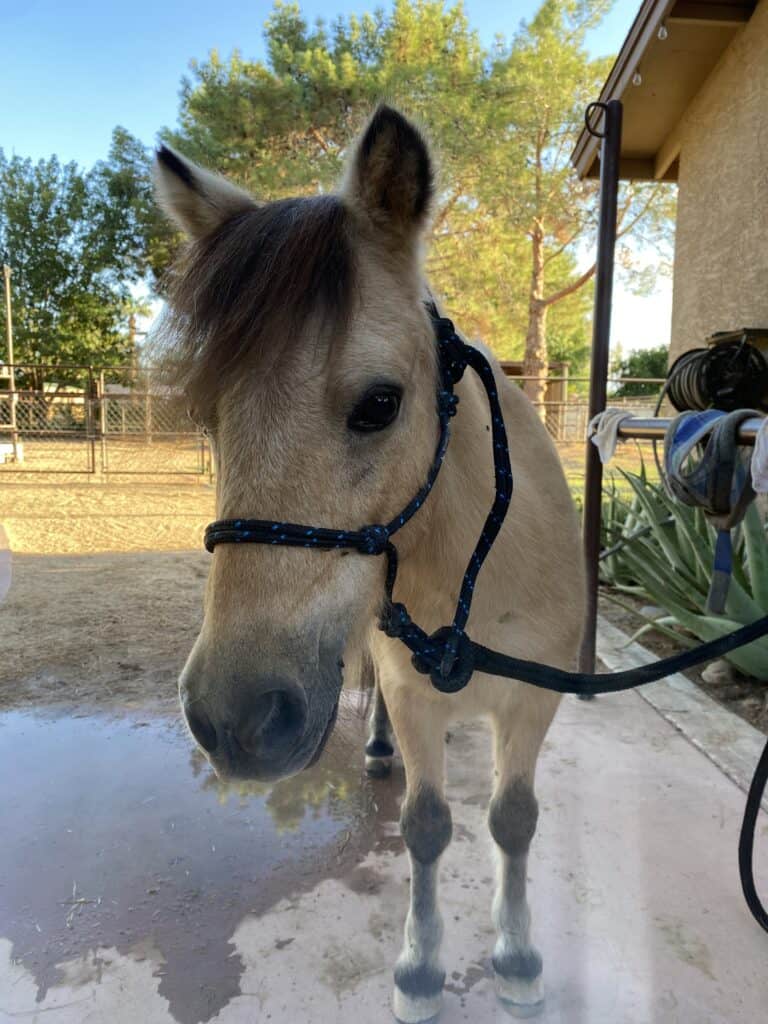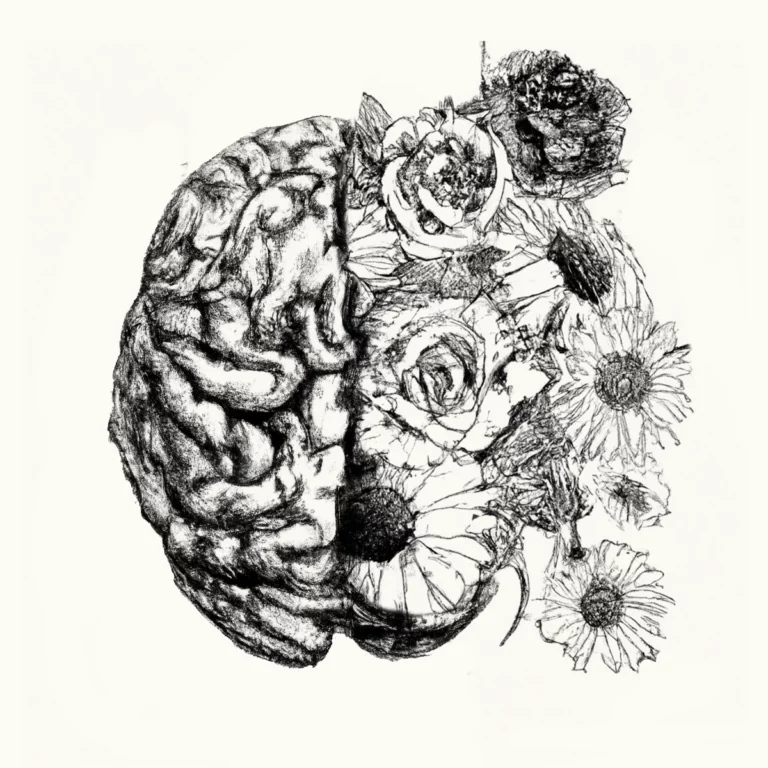I made this video “EMDR Trauma Therapy: What is EMDR Therapy” over 9 years ago; I am struck by how long ago it seems. I initially got trained in EMDR therapy over 20+ years ago. The awe was inspired by the power of EMDR therapy to heal trauma and the message from my mentors that EMDR therapy was the wave of the future. And, so, the future is here, now.
I am always so grateful when I get to see how excited new EMDR therapists are to complete their EMDR Training. When I first got trained, I had no idea the trajectory EMDR Therapy would take me on, personally and professionally. The EMDR Therapy community is one that supports therapists in developing their practices, developing creative ideas, and is driven by a common love for EMDR therapy and the power of the work.
Years later, my practice still is focused on working with complex trauma, I provide consultation, intensives, and additional support for therapists seeking to increase their confidence in working with complex trauma. Many are EMDR therapy trained, and many are expanding their understanding to include structural dissociation theory and other emerging therapies. This is an exciting time in the world of trauma treatment, for as we learn more about the brain, we approach modalities such as EMDR therapy and DBR (Deep Brain Reorienting) with an awareness that both approaches conceptualize that we have the capacity to access an innate healing mechanism and process our deepest of wounds. What a powerful message for our clients. There is hope. There is hope for our clients. There is hope for ourselves.
And what a profound reminder it is that we, as organisms, are wired for healing and that we are wired for connection. Granted, for those with complex trauma, there can be such internal conflict, a “push and pull” between where connecting feels dangerous, as does not connecting. But that is the subtlety of trauma work. We must have the ability to discern, moment to moment, where one is in the work with a client and to stay present in one’s own internal experience. That is the art of doing trauma therapy, the dance between doing too much and too little, knowing where one is in the work, and conceptualizing where to go next. The future is here, now, and we are only limited by our imaginations about how far we can take our practices and clients.





